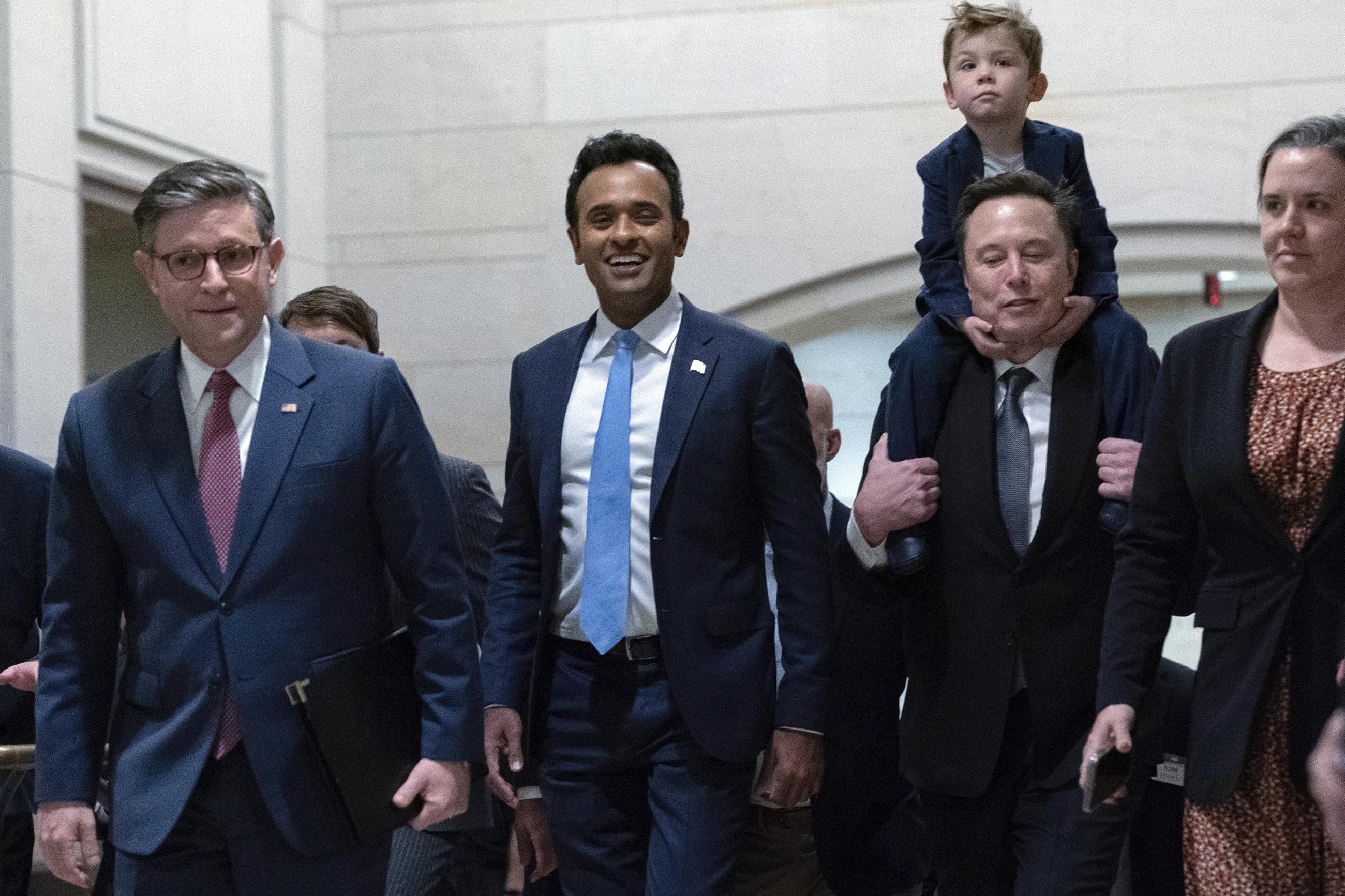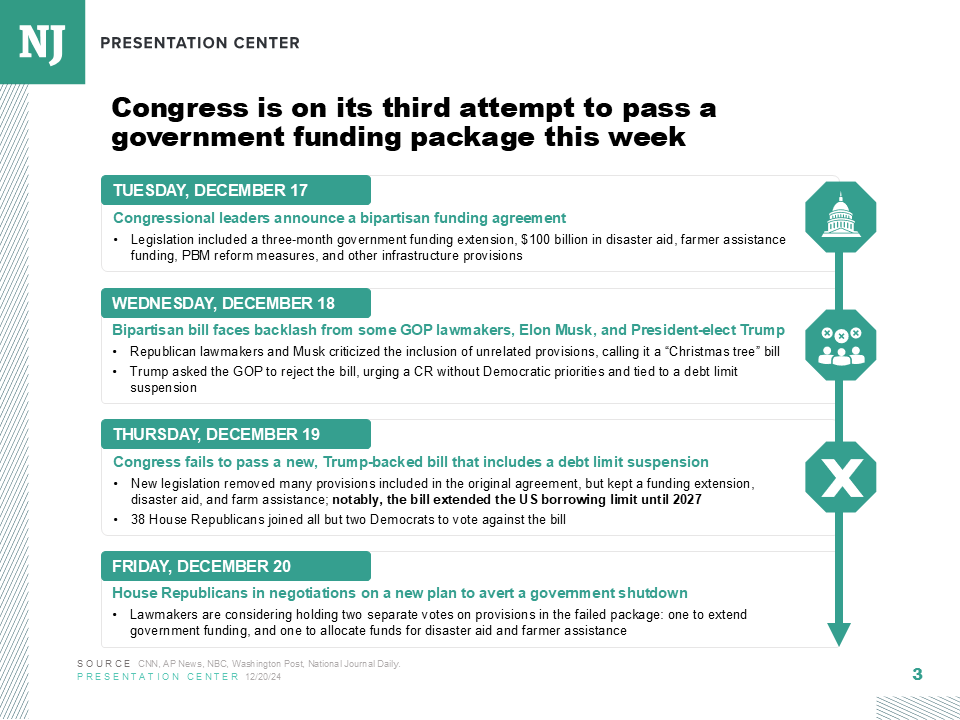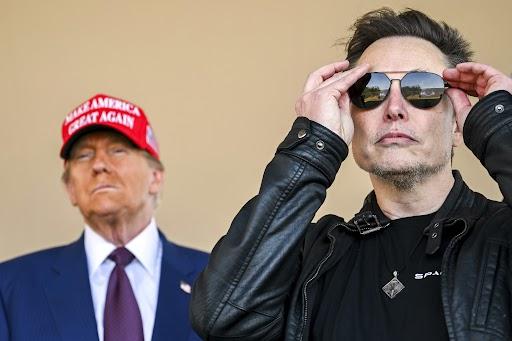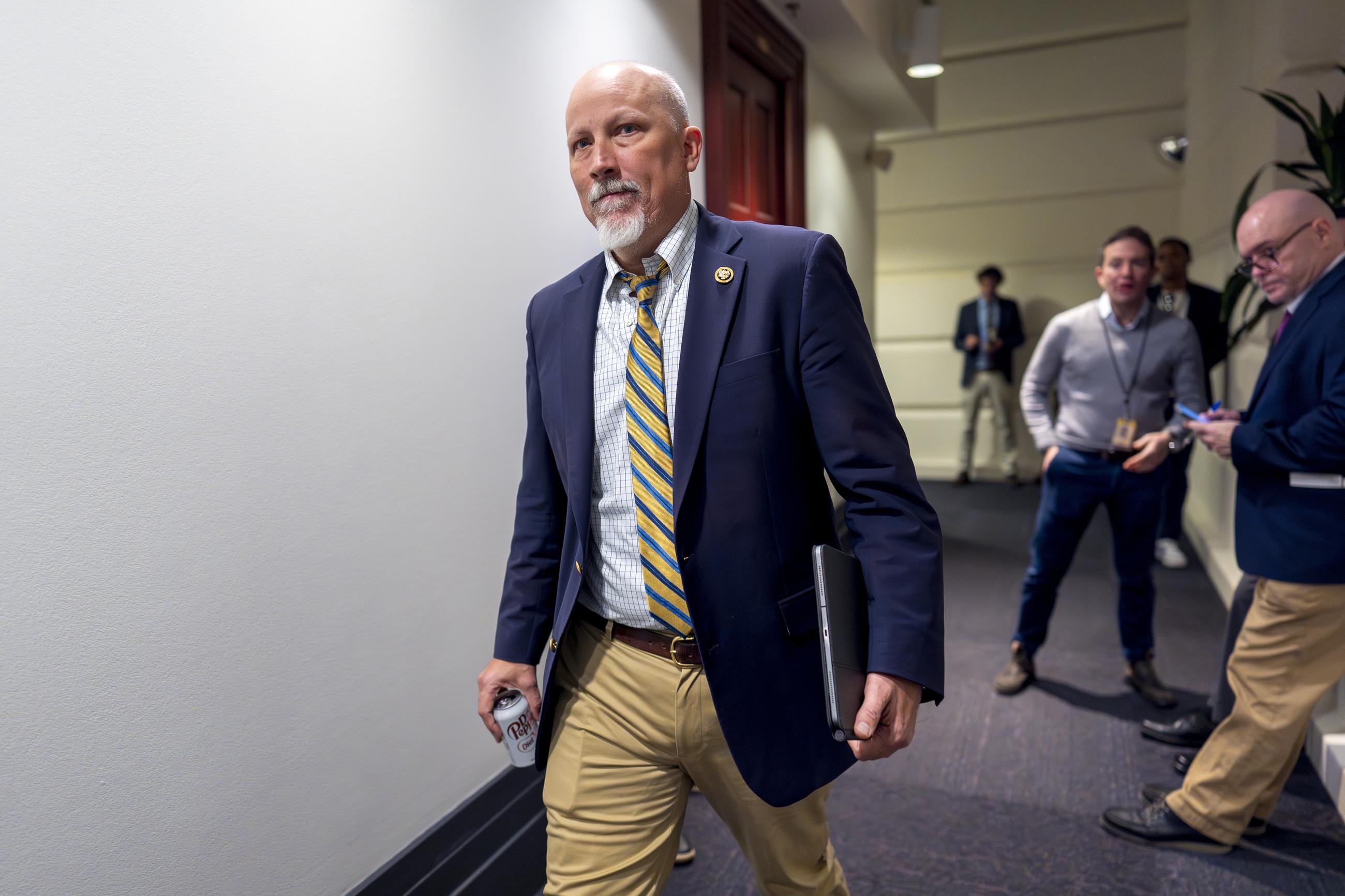Appropriators on Capitol Hill are making progress on a four-part deal to keep the government open past the Sept. 30 shutdown deadline. Democratic leadership on both sides of the building, though, are ready for a fight if things go south.
The broad contours of the deal are taking shape: Send the Legislative Branch, Agriculture, and Military Construction and Veterans Affairs appropriations bills to a conference committee, while passing a stopgap continuing resolution to fund the rest of the government, one that could possibly last into January.
House Appropriations Committee Chairman Tom Cole struck a bipartisan tone with reporters on Tuesday.
“We’re not going to put anything in the CR that tries to jam the Democrats,” he said. “Anything that goes in, both sides have to agree on.”
Despite partisan bickering on Capitol Hill that has marked President Trump’s return to the White House, the top Republican and Democratic appropriators on both sides of the Capitol kicked off the week with what Senate Appropriations Committee Chairwoman Susan Collins called “an excellent meeting.”
The possibility of a shutdown looms as Democrats have few political weapons at their disposal in a government run completely by Republicans. One of them would be to block passage of a funding bill—at least seven Democratic senators must side with the GOP to overcome a filibuster—an option that would please some rank-and-file Democrats angry over the president’s unprecedented rescissions and funding freezes.
While appropriators are seeking to exclude any poison-pill additions to the funding bill, the Trump factor remains, with the White House potentially demanding provisions in the stopgap bill—some of which Democrats will need to support for the bill to pass.
Appropriators are now reviewing a set of requests for additional spending known as “anomalies,” which the White House sent to Capitol Hill Tuesday. The list includes freeing up more than $1 billion in funding for the District of Columbia that remained stalled in the GOP-controlled House, a Democratic priority.
“What my staff told me, there’s nothing here which would be a dealbreaker one way or the other,” Cole, who had yet to review the document, told reporters.
The anomalies include a continuing resolution that would run to Jan. 31, though Cole and other appropriators take that date as a suggestion and want a stopgap bill that expires sometime in November.
Key factions within both parties have yet to sign onto any proposals from appropriators. Some House conservatives have pressed for a year-long continuing resolution, which would freeze spending at current levels and allow the Trump White House to further cut federal funding unilaterally through rescissions packages or spending freezes.
“We’ve broken the paradigm,” Rep. Keith Self told Fox Business on Tuesday. “Now the conservatives in Congress need to stand together for a year-long CR at minimum, maybe through the [midterm] election.”
Despite the progress among top appropriators, some in Democratic leadership remain skeptical of a deal. Many in the caucus want any government-funding deal to include language restoring Medicaid funding cut as part of the GOP’s One Big Beautiful Bill, a likely non-starter for Republicans.
“They’re looking for a way out. The bills that they put forward were partisan bills, even those three,” House Democratic Caucus Chairman Pete Aguilar told National Journal, referring to the three spending bills that would head to conference. “So the details here matter. But look, what are we doing here if we’re not looking out for health care and the American public?”
House Minority Leader Hakeem Jeffries has echoed Aguilar, saying Monday that House Democrats “will not support a partisan spending bill that continues to rip away health care from the American people—period, full stop.”
Democratic health care demands could include renewing a set of Affordable Care Act tax credits that are set to expire at the end of this year.
Some progressives are also skeptical of the funding proposal taking shape—and the process itself.
“Honestly, at this point, it’s clear the entire appropriations process has been playing 'fantasy Congress,'” Rep. Mark Pocan, an appropriator, told National Journal. “None of these bills are ever going to get signed into law the way they are.”
The dynamic echoes the March government-funding fight, in which House Democrats almost unanimously opposed the stopgap measure, with leadership working behind the scenes to prevent defections. The Democratic base pressed for a fight in the Senate, but Minority Leader Chuck Schumer opted not to risk a shutdown that could empower the Trump administration to further slash the federal workforce.
The move incensed some Democrats, particularly in the House, who had taken a tough vote opposing government funding. Now, House Democrats are again relying on Senate Democratic leadership to hold the line.
Senate Republicans will need Schumer’s support to get any funding bill past the 60-vote threshold to avoid a filibuster. When asked if Democrats in both chambers were on the same page, Jeffries said the two camps were working together closely.
“House and Senate Democrats have been in close touch throughout this process, and we will continue to be with regularity,” Jeffries said.
Schumer—for now—is striking a different tone than in March, coming out ahead of any House vote on government funding this time and saying that it will be the Republican’s fault if government funding runs out Sept. 30. Schumer called on House Speaker Mike Johnson and Senate Majority Leader John Thune to come to the table.
“The only way to avoid a shutdown is to work in a bipartisan way. That's what we are trying to do,” Schumer said. “But Republicans are once again threatening to go at it alone, which will lead our country straight into a shutdown.”
Thune, though, says it’s the other way around, and Democratic leadership won’t talk.
“We have not received an offer from the Democrats,” Thune said. “But we have a very narrow window here in which to do this, and I’m hoping that we can get to work on a CR to fund the government for the foreseeable future.”










